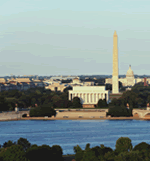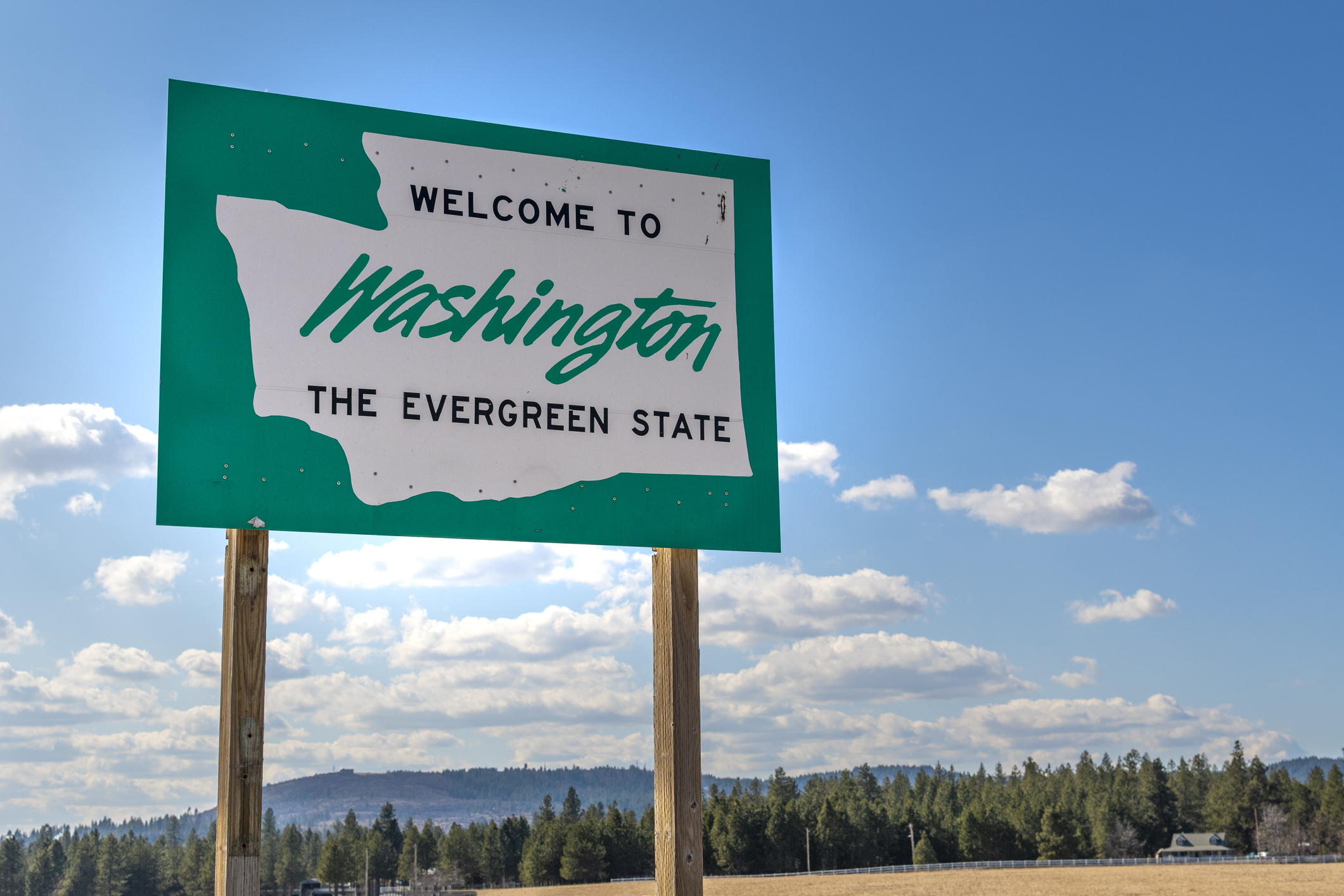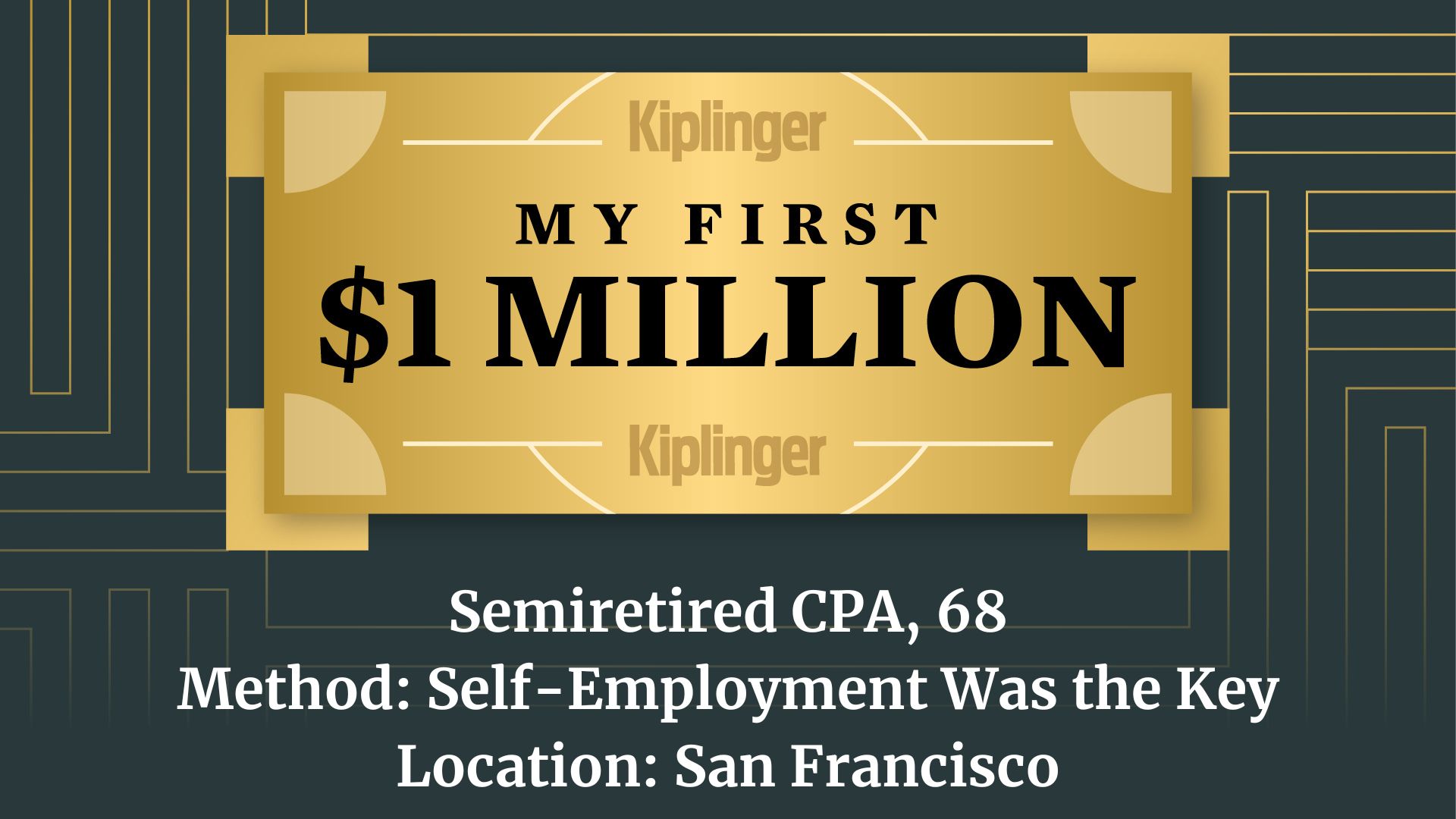No. 3 Washington D.C.
The federal government stimulates job growth in our number-three pick.

Population: 5,263,322
Income Growth: 8.7%
Cost of Living Index: 138
From just $107.88 $24.99 for Kiplinger Personal Finance
Become a smarter, better informed investor. Subscribe from just $107.88 $24.99, plus get up to 4 Special Issues

Sign up for Kiplinger’s Free Newsletters
Profit and prosper with the best of expert advice on investing, taxes, retirement, personal finance and more - straight to your e-mail.
Profit and prosper with the best of expert advice - straight to your e-mail.
Median Household Income: $81,163
Percentage of Workforce in Creative Class: 44%
For better or worse, the federal government is big and getting bigger. And for the Washington, D.C., area economy, that means for the better. "The government just keeps spending and adding jobs," says city spokesman Sean Madigan.
Only about one in eight workers in the Washington area -- spanning D.C. proper and big chunks of adjoining Virginia and Maryland -- are employed directly by the feds. Still, the government fuels nearby companies in almost every industry, especially law firms, lobbyists, and aerospace and defense companies. For example, Lockheed Martin, the largest defense contractor, stays close to the Pentagon, providing about 23,000 jobs in Northern Virginia and metro Maryland.
High-tech industry is booming across the Potomac River. Science Applications International's sprawling campus along Northern Virginia's Dulles corridor, for example, employs about 17,500 people (and just landed about $300 million in government contracts). In Maryland, biotech firms, such as vaccine producer Emergent BioSolutions, gather around the National Institutes of Health, which is headquartered in Bethesda.
A slew of universities add both fresh faces and dollars to the local economy. More than 150,000 undergrads attend Georgetown, George Washington and Howard universities, among others.

D.C. welcomes about 16 million tourists annually. This year, tourist season kicked off early, when a certain historic Inauguration Day brought millions to the National Mall. Since then, Madigan says, the city has seen a steady stream of budget-conscious travelers taking advantage of the free Smithsonian museums and world-class monuments and memorials. "Plus, everyone wants to see where President Obama lives," he says.
Visitors come for the museums but often stay for the kaleidoscope of culture. That includes every shade of ethnic cuisine, the art scene in Dupont Circle and the music clubs of the U Street corridor. On weekends, locals and savvy visitors frequent the historic Eastern Market on Capitol Hill for fresh produce and handmade crafts.
One drawback to Washington's popularity: No matter the time, day of the week, starting point or destination, you will hit traffic. Try the Metrorail and buses instead of driving. Just remember: On Metro escalators, you stand on the right and walk on the left.
Profit and prosper with the best of Kiplinger's advice on investing, taxes, retirement, personal finance and much more. Delivered daily. Enter your email in the box and click Sign Me Up.

Rapacon joined Kiplinger in October 2007 as a reporter with Kiplinger's Personal Finance magazine and became an online editor for Kiplinger.com in June 2010. She previously served as editor of the "Starting Out" column, focusing on personal finance advice for people in their twenties and thirties.
Before joining Kiplinger, Rapacon worked as a senior research associate at b2b publishing house Judy Diamond Associates. She holds a B.A. degree in English from the George Washington University.
-
 10 Cheapest Places to Live in Washington
10 Cheapest Places to Live in WashingtonProperty Tax Is Washington your go-to ski destination? These counties combine no income tax with the lowest property tax bills in the state.
-
 Healthy to 100: Secrets from Countries Where Retirees Age Best
Healthy to 100: Secrets from Countries Where Retirees Age BestLongevity is a team sport, according to author Ken Stern. Here's the secret sauce for living long, healthy lives from countries like Italy and Japan.
-
 My First $1 Million: Semiretired CPA, 68, San Francisco
My First $1 Million: Semiretired CPA, 68, San FranciscoEver wonder how someone who's made a million dollars or more did it? Kiplinger's My First $1 Million series uncovers the answers.
-
 9 Types of Insurance You Probably Don't Need
9 Types of Insurance You Probably Don't NeedFinancial Planning If you're paying for these types of insurance, you may be wasting your money. Here's what you need to know.
-
 Amazon Resale: Where Amazon Prime Returns Become Your Online Bargains
Amazon Resale: Where Amazon Prime Returns Become Your Online BargainsFeature Amazon Resale products may have some imperfections, but that often leads to wildly discounted prices.
-
 Roth IRA Contribution Limits for 2026
Roth IRA Contribution Limits for 2026Roth IRAs Roth IRAs allow you to save for retirement with after-tax dollars while you're working, and then withdraw those contributions and earnings tax-free when you retire. Here's a look at 2026 limits and income-based phaseouts.
-
 How to Search For Foreclosures Near You: Best Websites for Listings
How to Search For Foreclosures Near You: Best Websites for ListingsMaking Your Money Last Searching for a foreclosed home? These top-rated foreclosure websites — including free, paid and government options — can help you find listings near you.
-
 Four Tips for Renting Out Your Home on Airbnb
Four Tips for Renting Out Your Home on Airbnbreal estate Here's what you should know before listing your home on Airbnb.
-
 Five Ways to a Cheap Last-Minute Vacation
Five Ways to a Cheap Last-Minute VacationTravel It is possible to pull off a cheap last-minute vacation. Here are some tips to make it happen.
-
 How Much Life Insurance Do You Need?
How Much Life Insurance Do You Need?insurance When assessing how much life insurance you need, take a systematic approach instead of relying on rules of thumb.
-
 When Does Amazon Prime Day End in October? Everything We Know, Plus the Best Deals on Samsonite, Samsung and More
When Does Amazon Prime Day End in October? Everything We Know, Plus the Best Deals on Samsonite, Samsung and MoreAmazon Prime The Amazon Prime Big Deal Days sale ends soon. Here are the key details you need to know, plus some of our favorite deals members can shop before it's over.